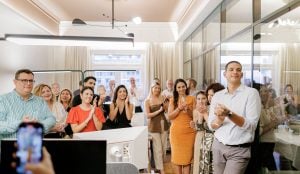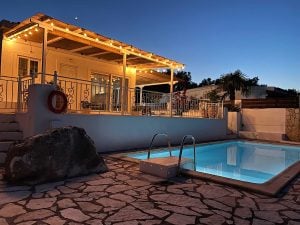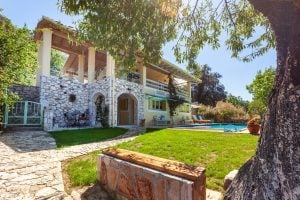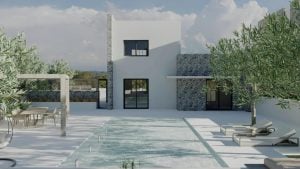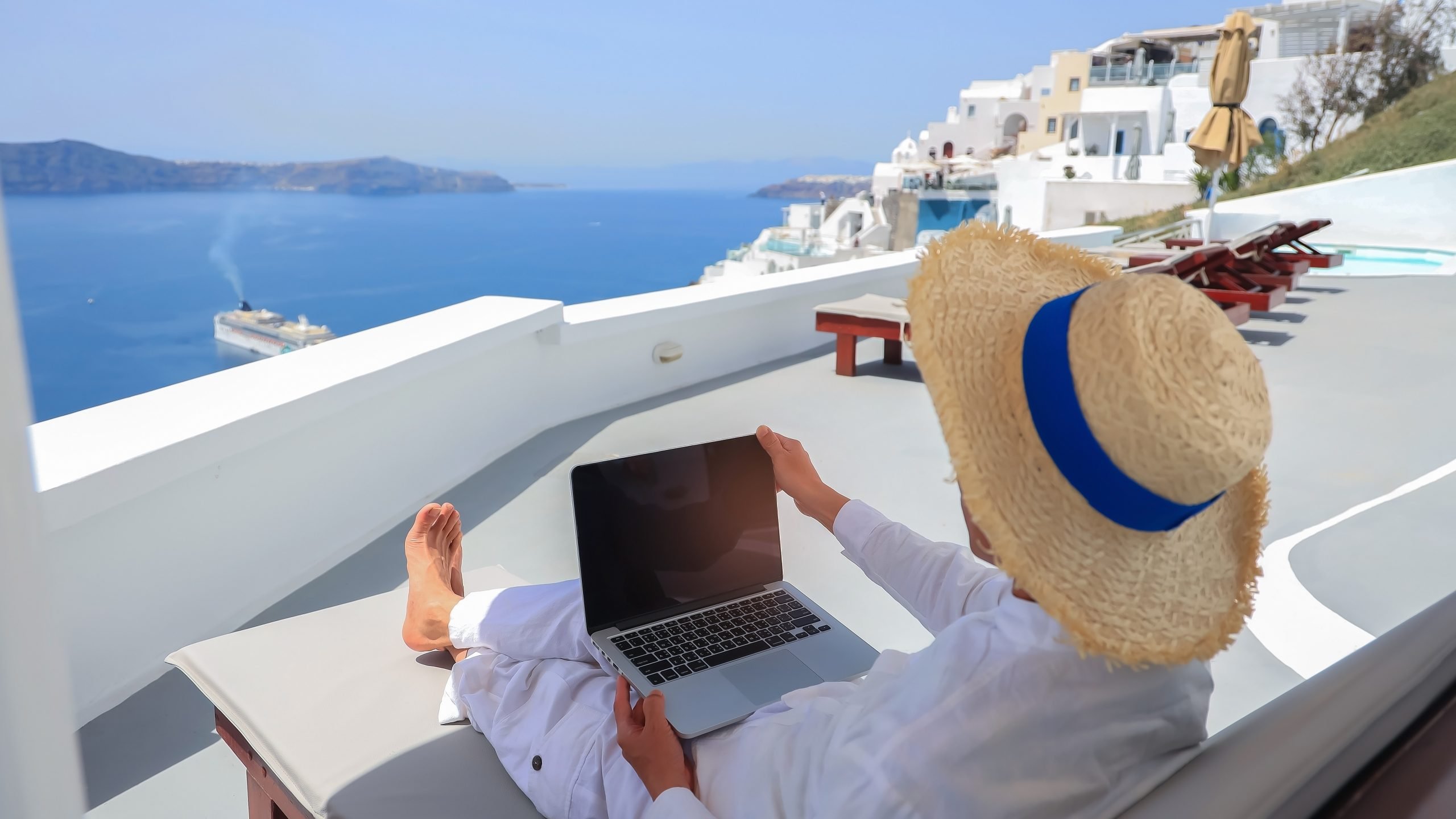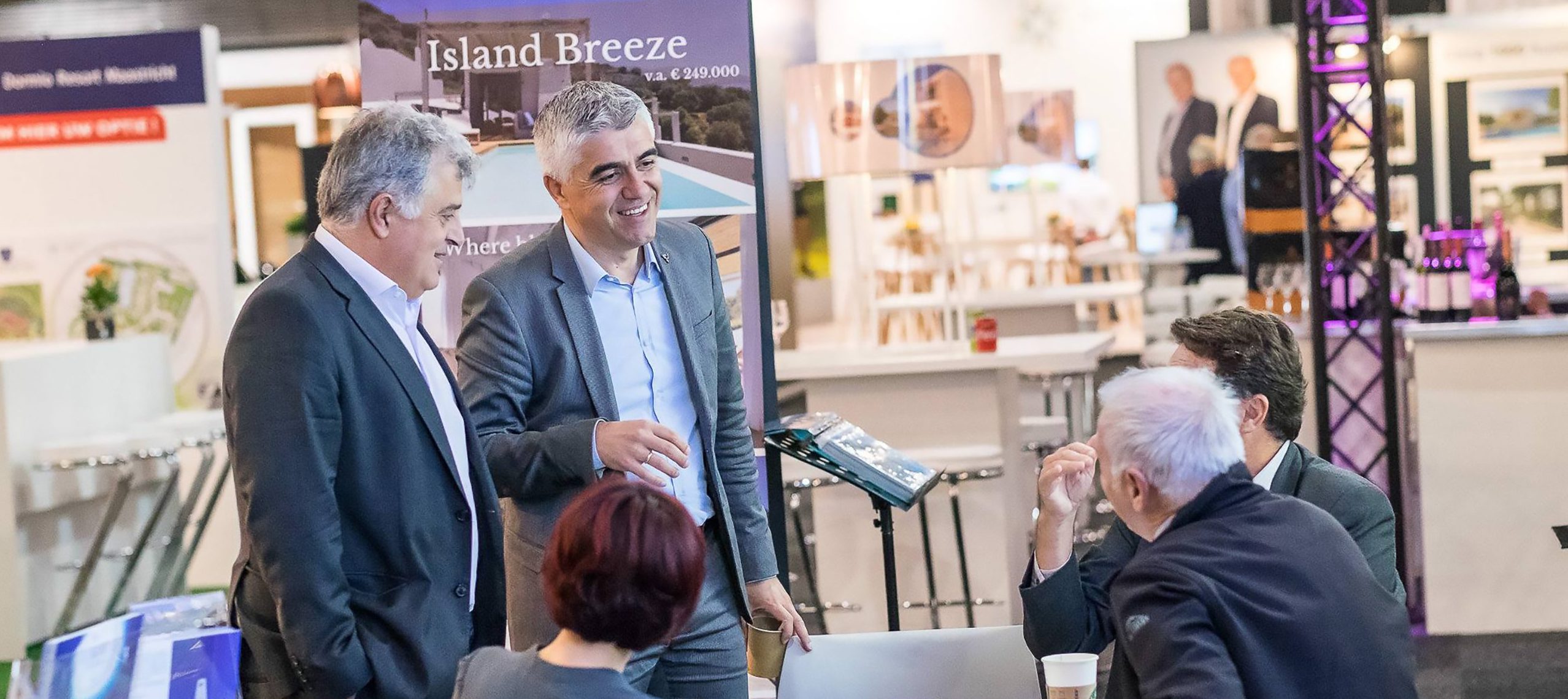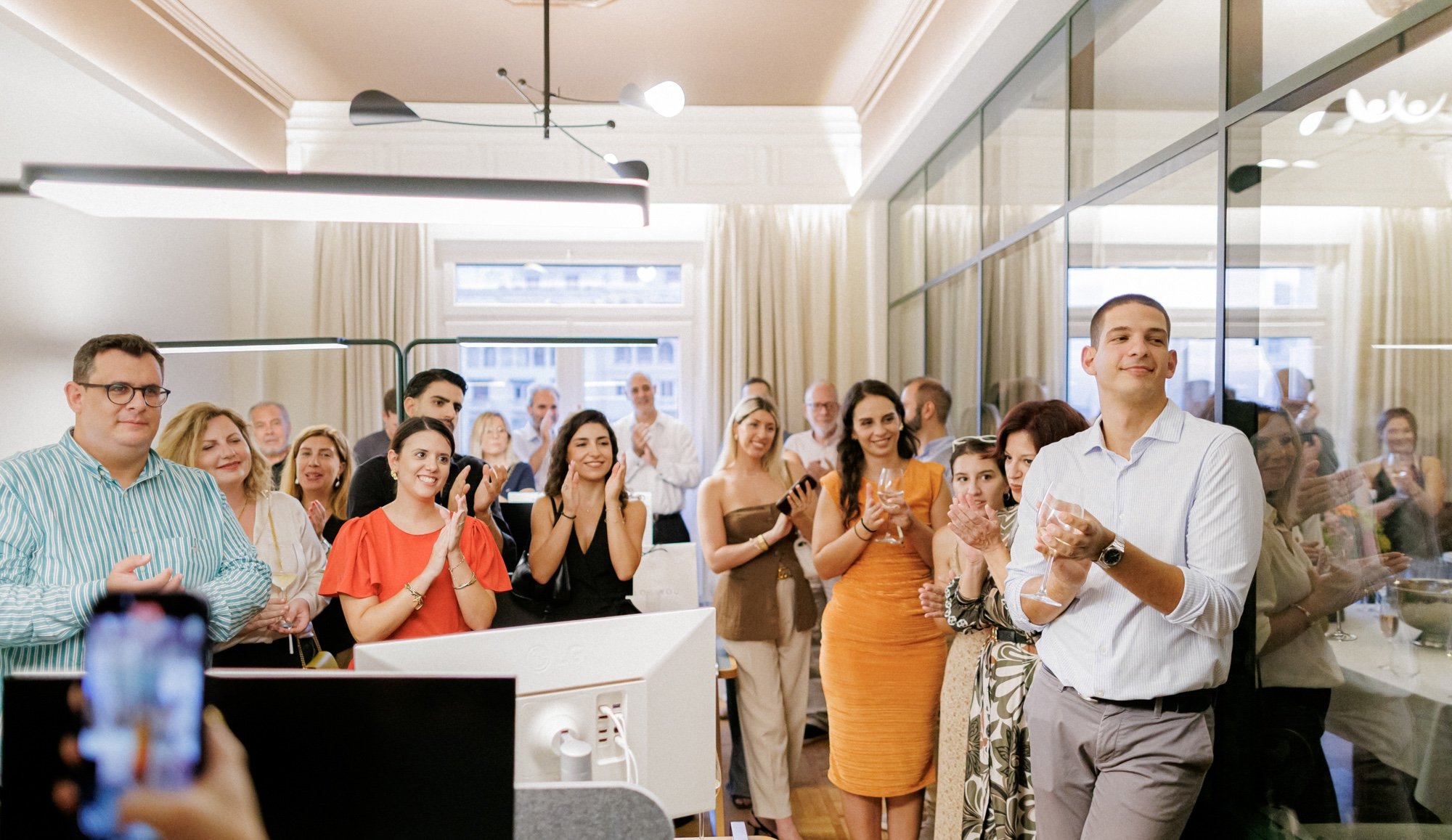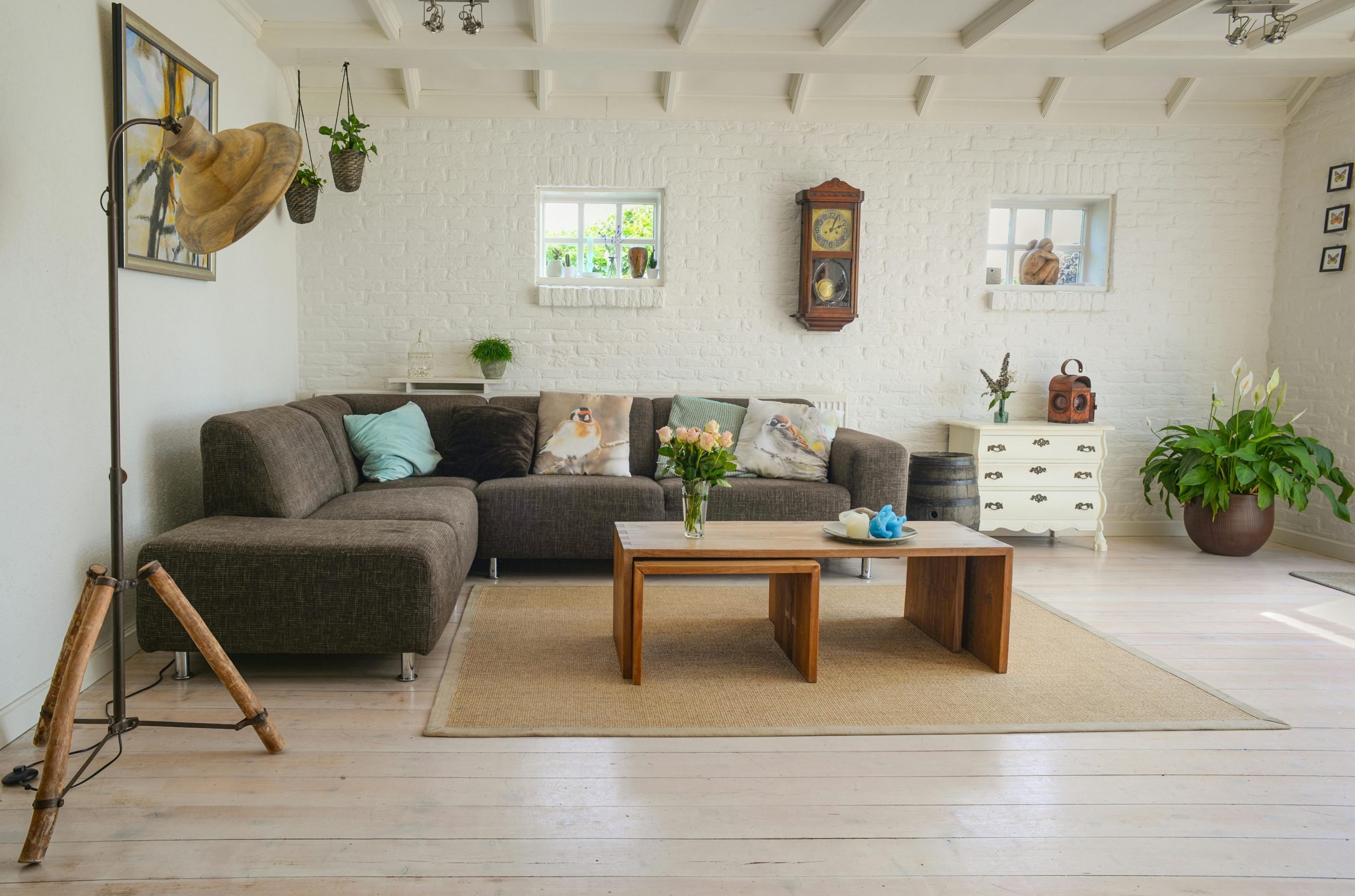Traditional Architecture
Locally, houses were typically made with the materials available on the island. Interior decorations were often rich, and there are often embroideries, cloths, and even a special section of some walls called a “piatelotichos” (plate wall).
The typical rural family home had a single room with an entrance on one of the longer sides. This style can be found in most villages of the island.
Knights of Rhodes
The island was conquered in 1310 by the Knights of Rhodes, who turned the island’s capital into a fortified city by building the walls. Remnants of these walls can still be observed today. The Palace of the Grand Master, which was constructed in the 14th century, is one of the Knight’s most iconic buildings.
If you walked down the Street of the Knights, buildings have been restored to what they looked like in the Middle Ages. In ages past, these were the houses of the Knights. The Street of Knights is pictured below.

Ottoman Era
In 1522, the Ottomans took control of the island from the Knights and would control the area for 400 years. They converted the churches into mosques and the major houses into private mansions. The most well-known building, the Suleiman Mosque, was built on the site which was previously the Church of the Apostles, and it was made in honor of the Sultan in 1522.
It is characteristic for its bright pink color, and its minaret has a distinct presense in the town.

Italian Influence
Italy occupied the islands after 400 years of Ottoman control and created a colony that they made known as “The Italian Islands of the Aegean.”
Outside of the medieval walls, you will find Italian-constructed buildings like the National Theater and the Town Hall. Public spaces like these, and also bridges, schools, and sports areas, were often used during the Italian reign to promote fascism and a sense of nationality.
The goal was to showcase and restore old monuments from the former Roman Empire to show that Italy was an international powerhouse. The italians brought in a group of architects and archaeologists came to impose Italian culture on the locals and to banish the Greek language and Orthodox religious traditions.
One such architect of fascist Italy was Florestano di Fausto. Today in Rhodes, some of his works include the Foro Italico Administrative center in the Mandraki area, and the Italian Club, an area exclusive for Italian officers.

Captain’s Houses
The village of Lindos is also known for its so-called “captain’s houses”, which were homes of wealthy Lindian seafarers from the 16th and 17th century. They were often decorated with Gothic, Byzantine, or Arab architectural features, and had a special room called the “captain’s room”. The courtyards were often rich with flowers and special black and white pebble mosaics. They are called “chochlakia” and sometimes showed how many ships the captain owned.





